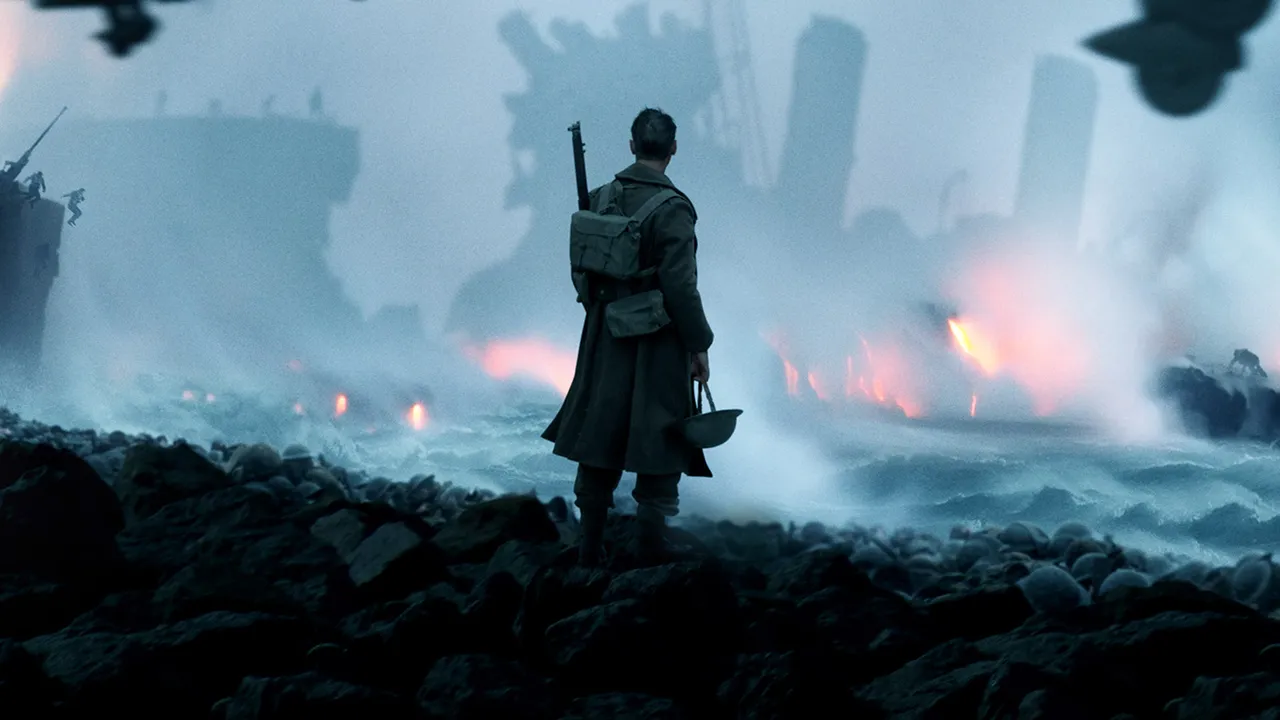
Christopher Nolan has received an incredible amount of praise in recent years for his Batman trilogy, but I've always considered those to be some of his weakest films. As a result of carrying the weight of a huge franchise, his creativity found in Inception, Interstellar, and Memento is lost.
Now, I've made it abundantly clear that I'm not a fan of the war genre, primarily due to the glorification of war itself within the films, but I decided to give Dunkirk a chance to impress -- and it certainly did impress. Dunkirk is a film of multiple successes. It holds itself to an incredible standard of quality in terms of realism, suspense, action, and historical accuracy.
Dunkirk is set in 1940, during a period in which Allied forces were pushed back onto the beach after Axis forces had managed to surround them. Survivors on the beach were left to patiently wait as ships from England came to retrieve them before the near-half-million troops are either captured or killed. While the wounded were loaded onto ships first, there was an ongoing threat from bombers overhead that had managed to get through the Air Force's defence, leaving the ships, and men on the beaches, under constant fear. With Churchill only being in power for several weeks, the entire event seemed like a huge military and political disaster. Men were essentially left stranded, left to die.
The film follows three different perspectives: land, air, and sea. Displaying the efforts that went into protecting the soldiers at all costs. Starting off with land, we see an incredibly young soldier pushed back onto the beach, shortly before several Junkers Ju 87's (often referred to as Stuka planes) make their dives down toward the beach and the men to drop several bombs. This is where we're greeted with the incredible sound design of the film. To get a more accurate drop, the Stuka would have to push its nose down to gain speed, drop the bombs, and quickly make its escape.
Dunkirk prioritises the distinct sound of these planes to really inject the suspense and fear as the sound becomes deafening, as all the soldiers can do is really hope for the best. It becomes clear as the film progresses that sound will play an important role in connecting the viewer to the events; and with Nolan's decision to shoot on 70mm film, it's clear that realism and suspense was its goal.
As the film progresses, we see the attempts of land soldiers trying to escape by any means necessary, as well as the efforts of pilots over the ocean, doing their best to prevent rescue ships from being bombed in incredible dogfights. We see the public of England setting sail for Dunkirk in their own little boats in order to save and bring back as many soldiers as possible. Taking actions into their own hands to prevent would very well could have been the defeat of British forces in the war. As well as being historically accurate, these three different perspectives serve as methods of increasing the suspense of the film, showing how difficult the entire operation was for all.
I can say this is Nolan's best film so far. It's visually striking, and there's no way to really describe how terrifying the sound design is the film's action scenes without seeing it for yourself.